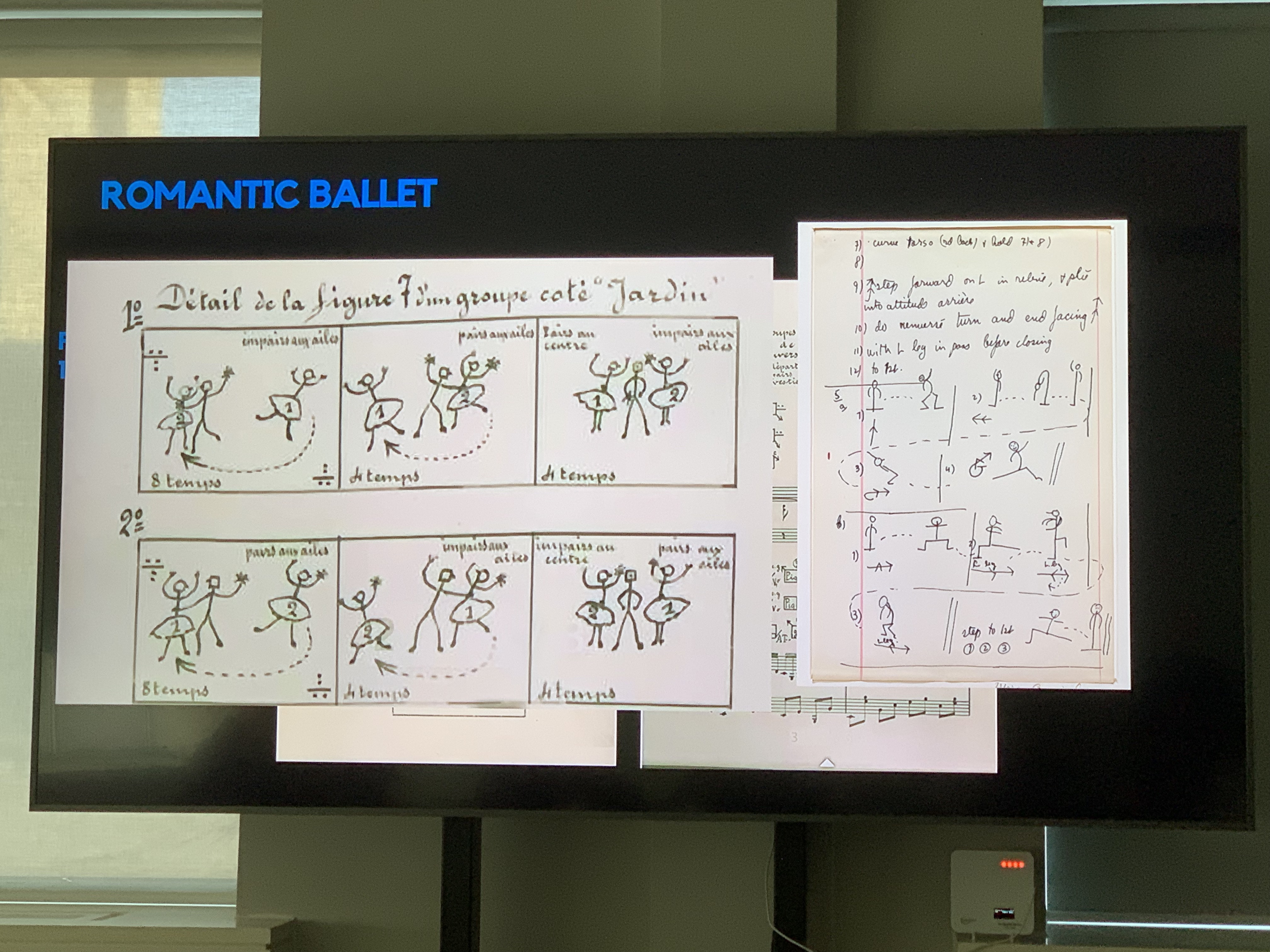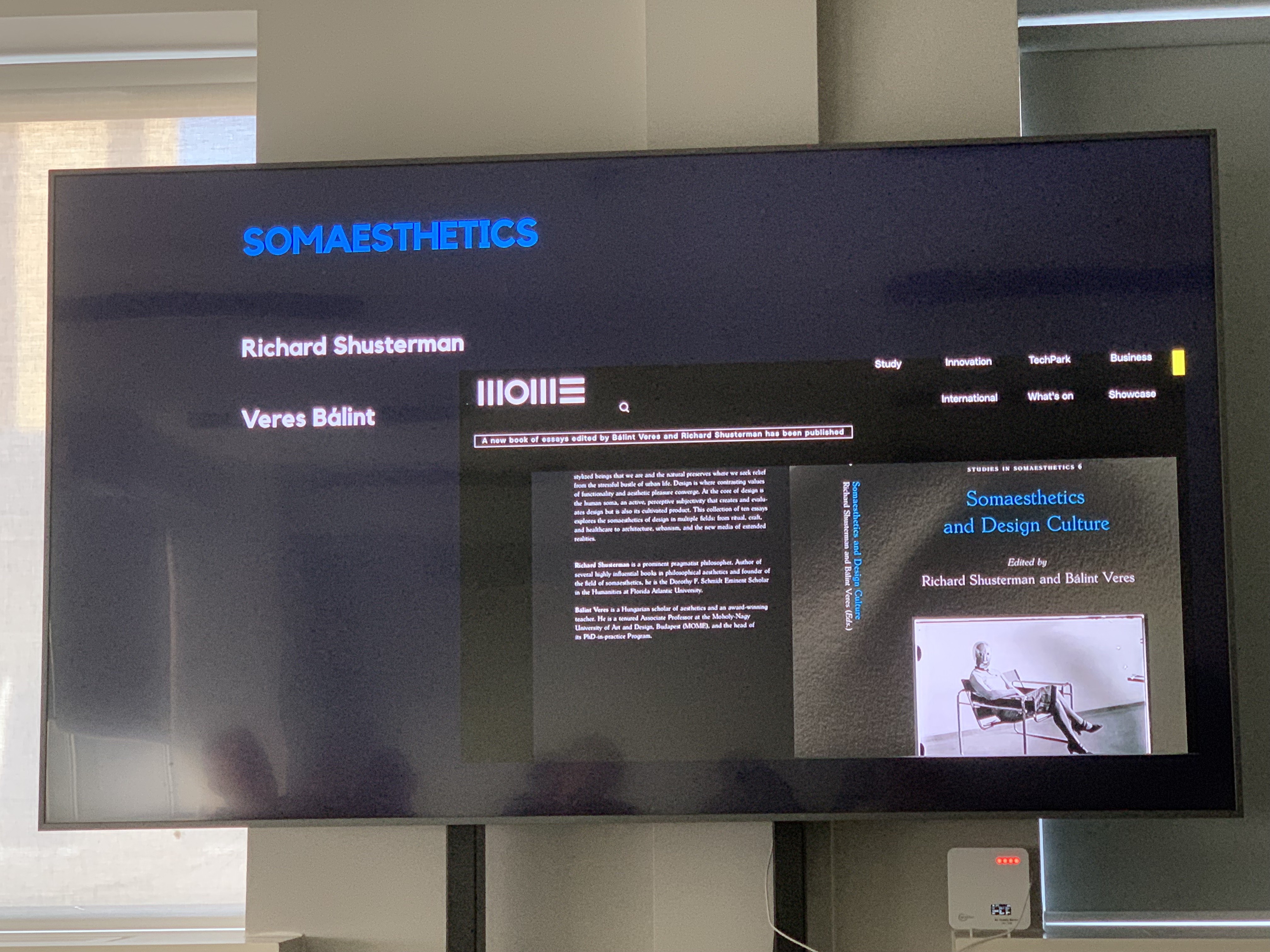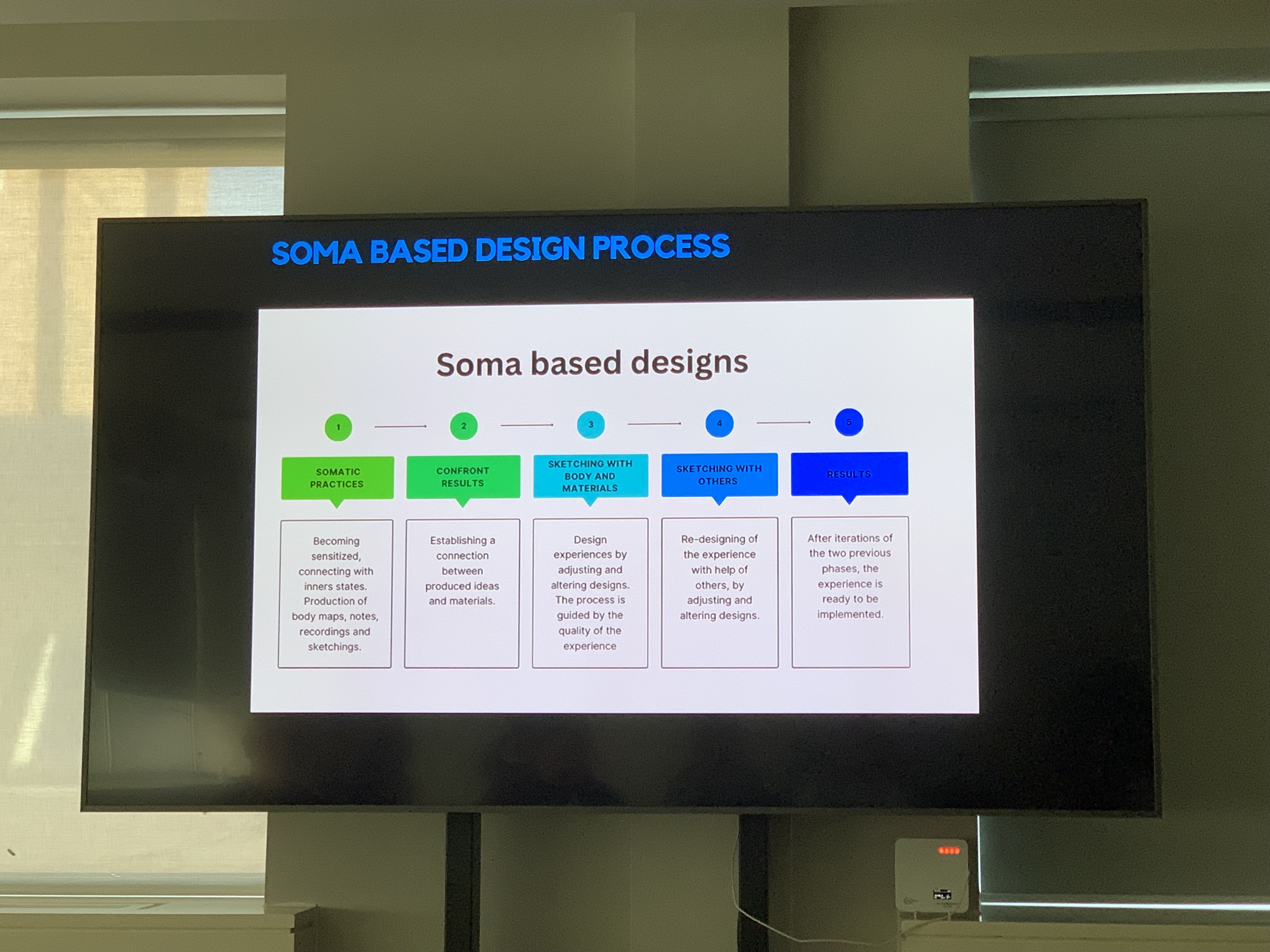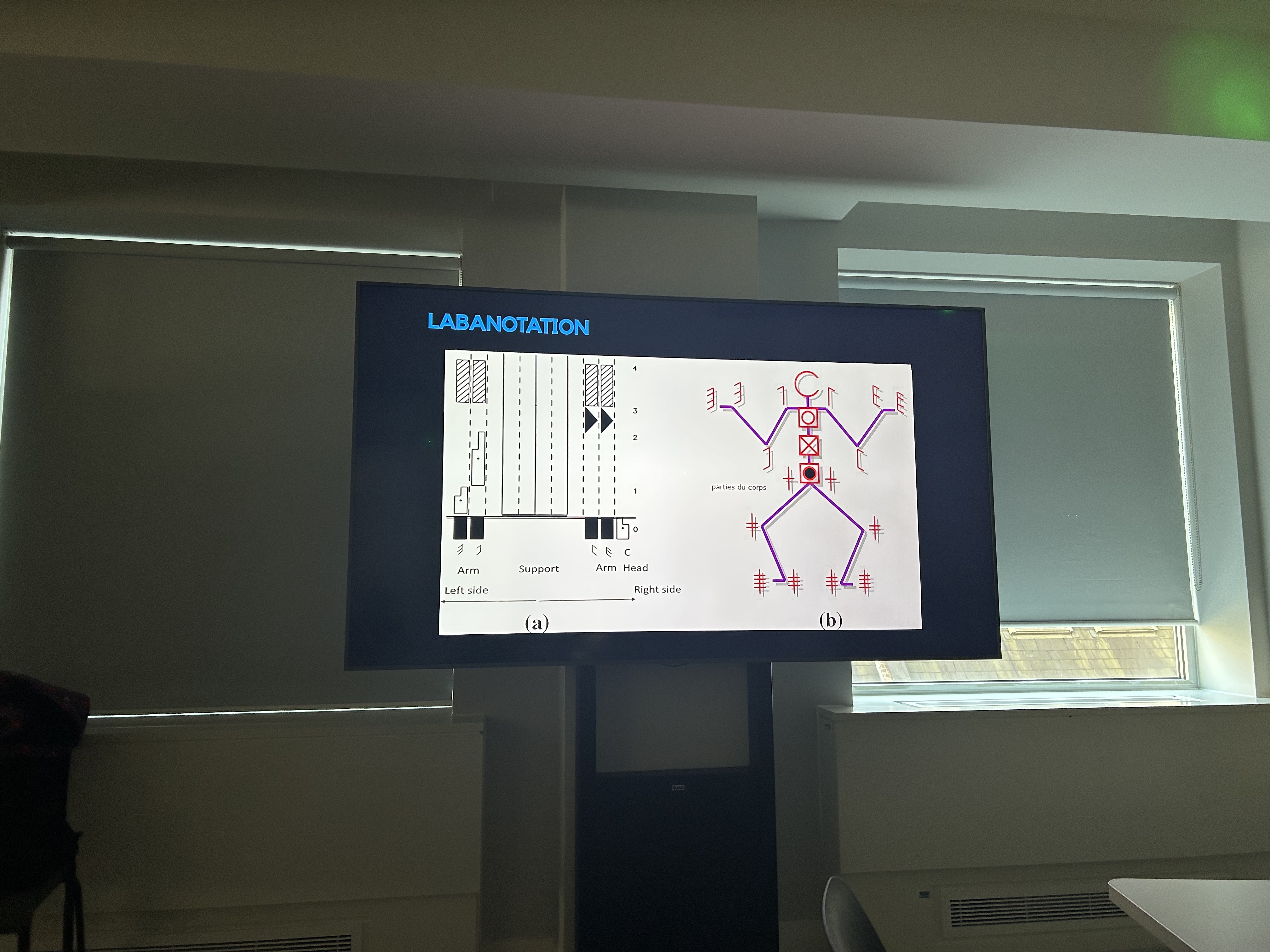May 2025
CCL – Day 03
Spent most of today developing structure. We are devising a set of scores that act as obstructions: they’re meant to interrupt the participant’s breath, challenge their movement patterns, and provoke unexpected bodily responses. These scores need to push the body without overwhelming it. I’m trying to find that edge space where all the choreographic nuances in movement like effort, adaptation, and even hesitation guides the overall performance.
The instructions range from simple shifts in rhythm (like syncopated step patterns that break natural walking tempo), to physical limitations, to breath disruptions. Each one is taps into something different — imbalance, tension, resistance, or creativity.

We also had a talk session with Nina Kov that layered beautifully on top of this process. She spoke about choreographic thinking as a framework, not just for dance, but for design and cognition. I love how her work challenges the classic Cartesian split between mind and body. The idea that we’re just brains in jars walking around on autopilot doesn’t hold up in a world where cognition is deeply embodied. Movement is thinking. Every cognitive process, she says, originates in the body. It’s an idea that feels especially urgent in tech spaces where intelligence is often defined in purely abstract, disembodied terms.


We touched on how society tends to fetishise intelligence — especially now with AI pushing even further toward a detached, cerebral model. Nina offered a counter-view: dancers and choreographers are knowledge holders, too, just through different forms. There’s a lineage here, often oral, passed down through bodies, gestures, and notation. And now, technology can help preserve and share those choreographies: through motion capture, movement databases, and choreographic notation systems like Labanotation.

We went over some fasicnating historical works including Merce Cunningham’s LifeForms (1989), one of the earliest digital movement databases, and William Forsythe’s Motion Bank, which explores tempographic thinking — basically, how movement unfolds over time. Wayne McGregor’s work with choreographic objects and Thinking with the Body connect deeply to the idea of using physical structures to shape cognitive and creative outcomes.
What I took away from all this is that choreography can act as a thinking tool. It can be used to map, structure, and surface knowledge — especially embodied knowledge — in systems that would otherwise stay abstract or inaccessible. That’s exactly what I’m trying to lean into with this piece. Designing experiences that don’t just tell people what to do, but invite them to sense, resist, adapt. To think through their bodies. What decisions emerge when the body gets pushed out of autopilot?
Tomorrow, we test our scores in live movement, breath sensors wired up, visuals running. I’m curious to see how they’ll land and what all this will reveal.